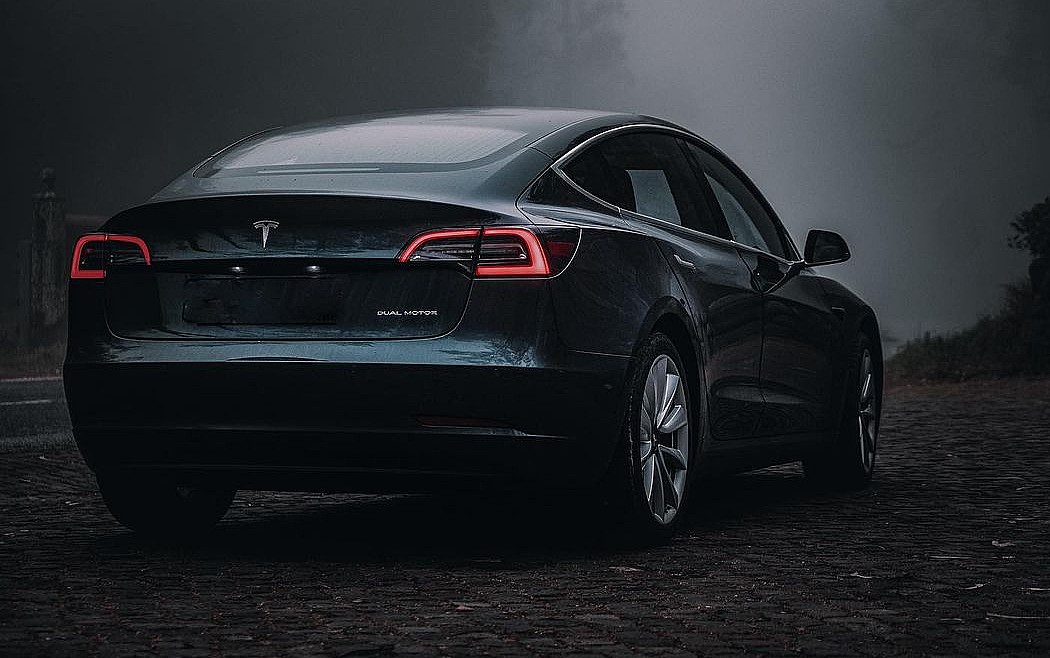
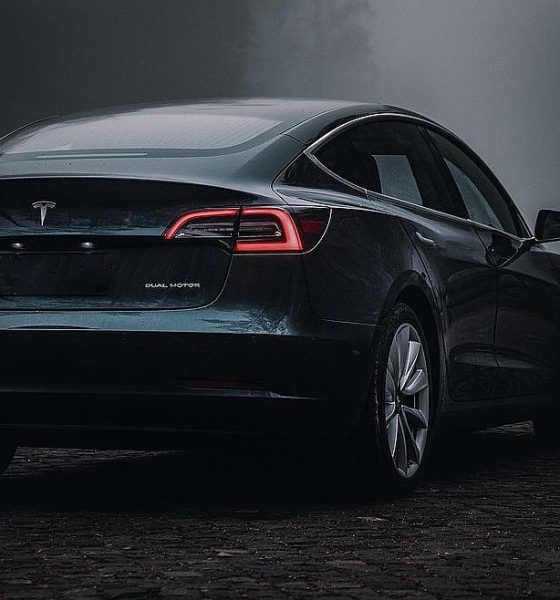
News
Tesla and EVs didn’t brake for the pandemic, and now the age of oil is ending
During the first nine months of 2020, car sales cratered, with every major automaker seeing a steep drop in sales as the pandemic raged across the globe. That is, of course, every major automaker except Tesla. Despite the world practically stopping due to the pandemic, the Silicon Valley-based electric car maker sold more cars than ever before. Tesla even maintained its momentum from the previous year by posting five profitable quarters in a row, and it’s poised to end 2020 with an inclusion into the S&P 500 index.
A Make or Break Year, and EVs Made It
What’s quite interesting is that it was not only Tesla that saw some serious momentum this year. Even as sales of internal combustion vehicles collapsed, EVs in general managed to thrive. A good example of this could be seen in Daimler and Volkswagen’s electric car sales in 2020. Both companies saw record-setting declines in their ICE divisions, but both companies also saw their EV sales this year doubling. This, if any, further highlighted that there is a growing demand for electric cars.
Even more impressive was the fact that 2020 was a year when the electric vehicle movement could have been crushed once more. The year saw the launch of some of the most important EVs for their respective companies. In Tesla’s case, this was the Model Y, a vehicle that Elon Musk expects would outsell the Model S, Model 3, and Model X combined. Volkswagen also launched the ID.3, a car that, if successful, could very well be the second coming of the ubiquitous Beetle. Failure on the Model Y and the ID.3’s part could have resulted in the EV movement getting set back again. That did not happen.
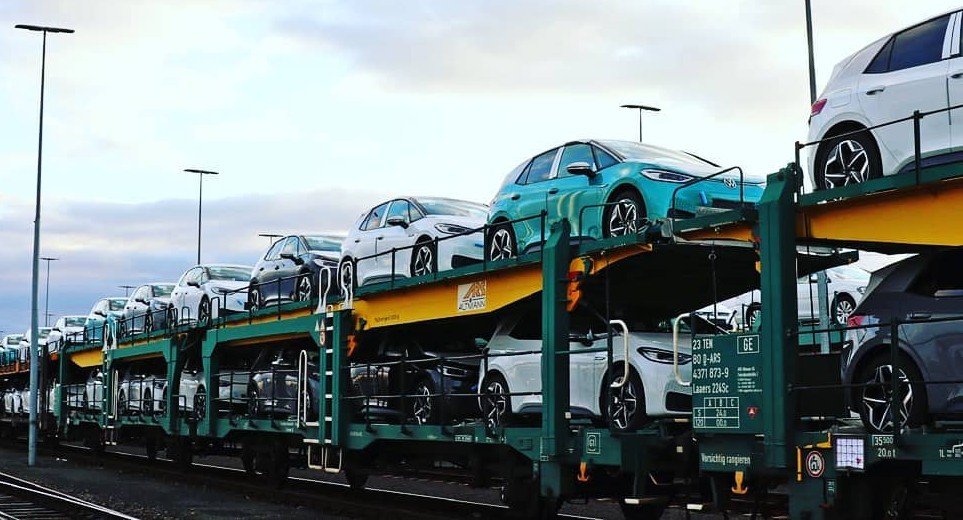
Peak Oil
To state that 2020 was challenging would be a gross understatement. Amidst lockdowns in several countries, the world changed. Air travel all but stopped and working from home became the norm. Then in September, British oil firm BP Plc announced something remarkable: peak oil may have very well happened, and the demand for oil may never return to its prior levels. Granted, oil prices rose in November as vaccine trials continued and demand recovered somewhat in Asia. But even as the world approached a return to some form normalcy, it was evident that things would no longer be the same.
US Federal Reserve Chairman Jerome Powell echoed this sentiment last month. “We’re not going back to the same economy. We’re recovering, but to a different economy,” he said. Powell has a valid point. In the post-pandemic world, more people will likely continue to work from home. A good number of people will likely travel less as well. BP’s estimates noted that about 2/3 of the pandemic’s impact on oil demand will be from adverse effects on the global economy, and 1/3 will be due to permanent changes in human behavior. This behavior, it seems, includes a shift to electric cars.
A Point of No Return for the Internal Combustion Engine
The transportation sector accounts for a large part of the world’s oil consumption. Bloomberg notes that over half of the world’s crude is used by the transportation sector, and 3/4 of that amount is taken up by wheels on the road. With car buyers going for sustainable vehicles during a pandemic, and with sales of ICE cars dropping steeply, it is starting to seem like the transportation sector’s demand for oil is only bound to get less in the coming years. With this drop in demand comes the end of the internal combustion engine.
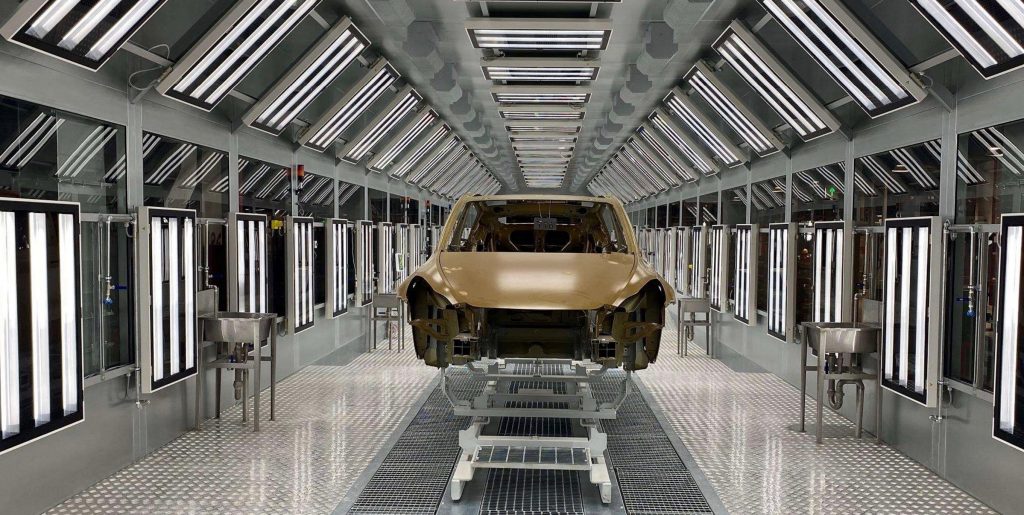
Signs of the ICE extinction actually started becoming notable before the pandemic hit. As early as 2018, EVs started bucking the trend in auto sales, resulting in some analysts speculating if sales of gas and diesel-powered vehicles will no longer return to levels seen in years prior. The idea of “peak oil” happening seemed farfetched then, but amidst the pandemic and the collapse of ICE sales, the end of the oil age is looking very plausible.
Batteries and a Path to ICE Extinction
The electric car age will be powered by batteries. It is then fortunate that batteries are a technology, not a consumable fuel. This means that as battery production reaches higher levels, battery prices are bound to get lower. Data tracked by BloombergNEF revealed that every time battery supplies doubled worldwide, the cost of batteries declined by about 18%. And considering that companies like Tesla are actively pursuing plans to produce batteries at unprecedented volumes, there is a good chance that battery prices will decline to such a degree that electric cars may reach price parity with gas and diesel-powered cars sooner than expected.
Price parity will likely be the final nail in the ICE coffin. Cost, after all, is the one area where the internal combustion engine still has an edge against EVs. Once this edge is taken away, and once rapid chargers become as ubiquitous as gas stations, there will quite literally be no more reason left to own a vehicle equipped with an internal combustion engine.

News
Tesla stands to gain from Ford’s decision to ditch large EVs
Tesla is perhaps the biggest beneficiary of Ford’s decision, especially as it will no longer have to deal with the sole pure EV pickup that outsold it from time to time: the F-150 Lightning.
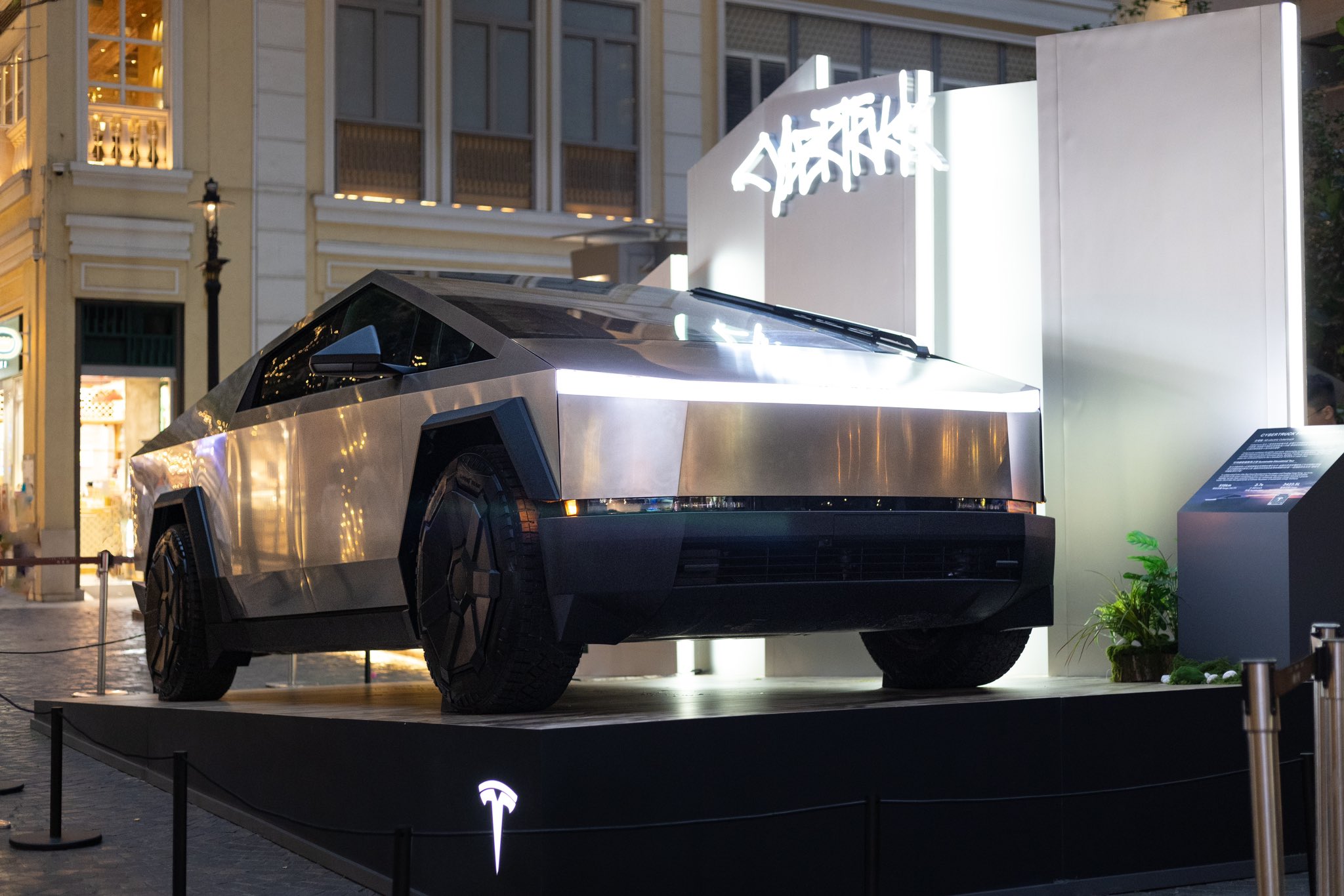
Ford’s recent decision to abandon production of the all-electric Ford F-150 Lightning after the 2025 model year should yield some advantages for Tesla.
The Detroit-based automaker’s pivot away from large EVs and toward hybrids and extended-range EVs that come with a gas generator is proof that sustainable powertrains are easy on paper, but hard in reality.
Tesla is perhaps the biggest beneficiary of Ford’s decision, especially as it will no longer have to deal with the sole pure EV pickup that outsold it from time to time: the F-150 Lightning.
Here’s why:
Reduced Competition in the Electric Pickup Segment
The F-150 Lightning was the Tesla Cybertruck’s primary and direct rival in the full-size electric pickup market in the United States. With Ford’s decision to end pure EV production of its best-selling truck’s electric version and shifting to hybrids/EREVs, the Cybertruck faces significantly less competition.
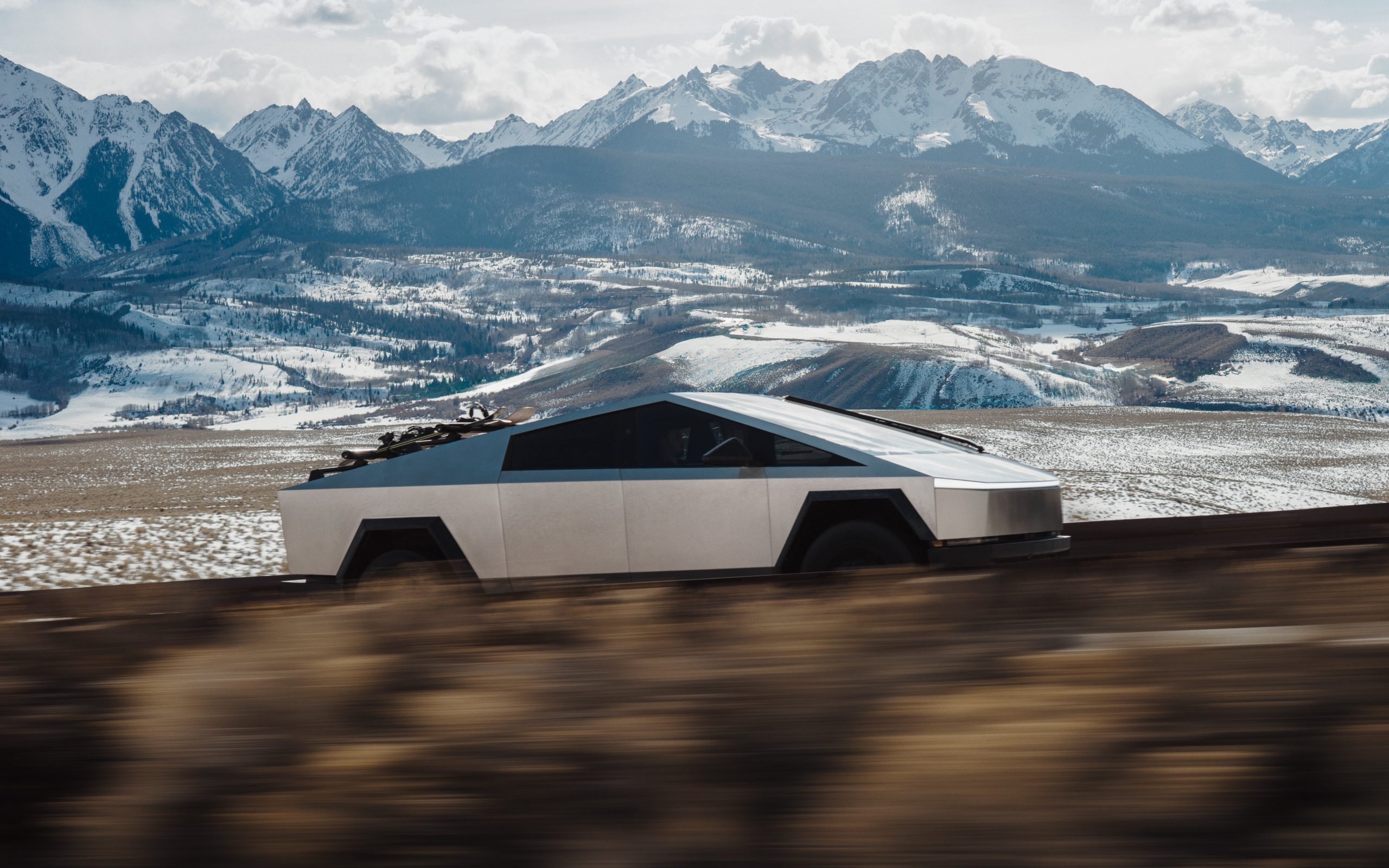
Credit: Tesla
This could drive more fleet and retail buyers toward the Cybertruck, especially those committed to fully electric vehicles without a gas generator backup.
Strengthened Market Leadership and Brand Perception in Pure EVs
Ford’s pullback from large EVs–citing unprofitability and lack of demand for EVs of that size–highlights the challenges legacy automakers face in scaling profitable battery-electric vehicles.
Tesla, as the established leader with efficient production and vertical integration, benefits from reinforced perception as the most viable and committed pure EV manufacturer.
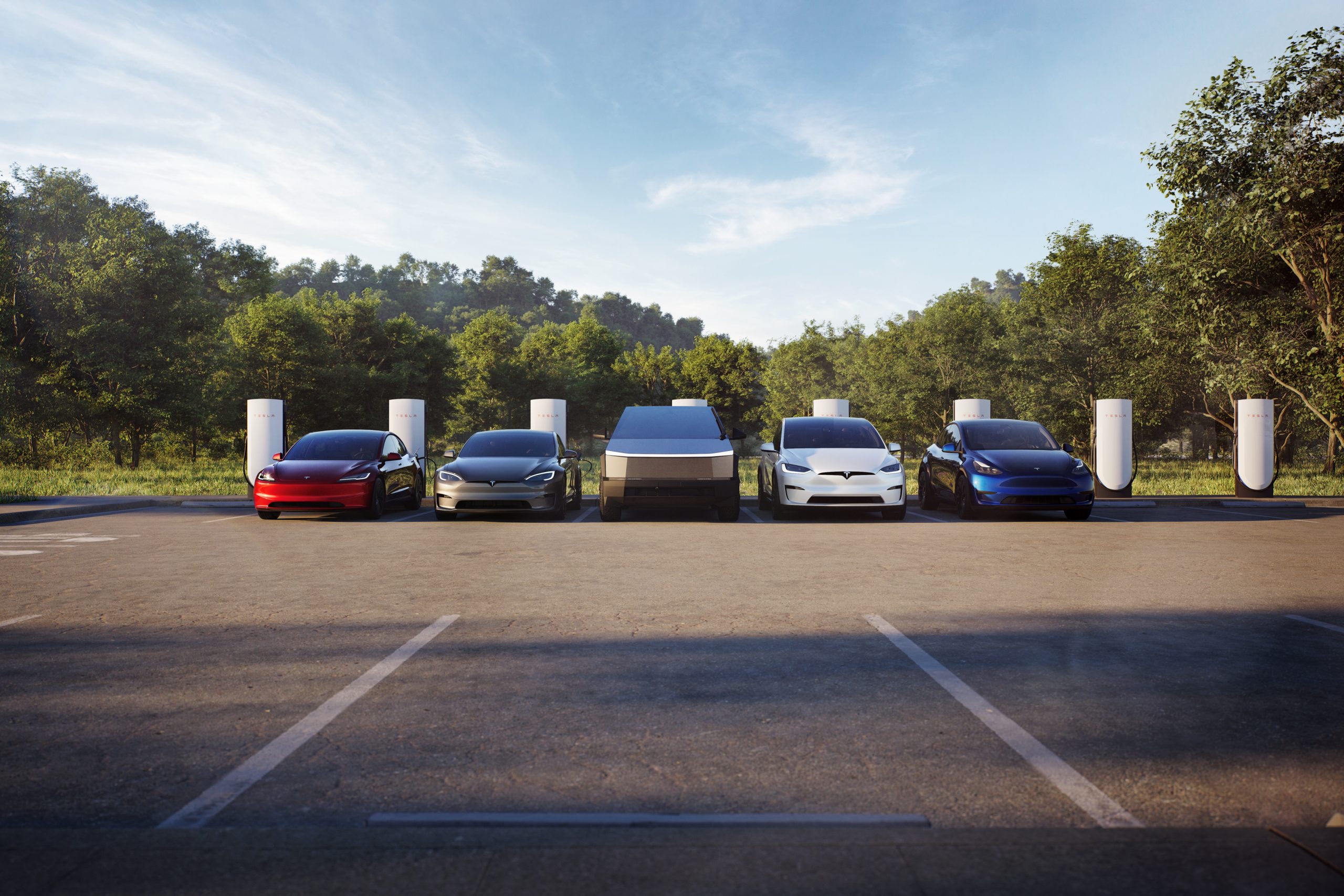
Credit: Tesla
This can boost consumer confidence in Tesla’s long-term ecosystem over competitors retreating to hybrids. With Ford making this move, it is totally reasonable that some car buyers could be reluctant to buy from other legacy automakers.
Profitability is a key reason companies build cars; they’re businesses, and they’re there to make money.
However, Ford’s new strategy could plant a seed in the head of some who plan to buy from companies like General Motors, Stellantis, or others, who could have second thoughts. With this backtrack in EVs, other things, like less education on these specific vehicles to technicians, could make repairs more costly and tougher to schedule.
Potential Increases in Market Share for Large EVs
Interestingly, this could play right into the hands of Tesla fans who have been asking for the company to make a larger EV, specifically a full-size SUV.
Customers seeking large, high-capability electric trucks or SUVs could now look to Tesla for its Cybertruck or potentially a future vehicle release, which the company has hinted at on several occasions this year.
With Ford reallocating resources away from large pure EVs and taking a $19.5 billion charge, Tesla stands to capture a larger slice of the remaining demand in this segment without a major U.S. competitor aggressively pursuing it.
News
Ford cancels all-electric F-150 Lightning, announces $19.5 billion in charges
“Rather than spending billions more on large EVs that now have no path to profitability, we are allocating that money into higher returning areas, more trucks and van hybrids, extended range electric vehicles, affordable EVs, and entirely new opportunities like energy storage.”
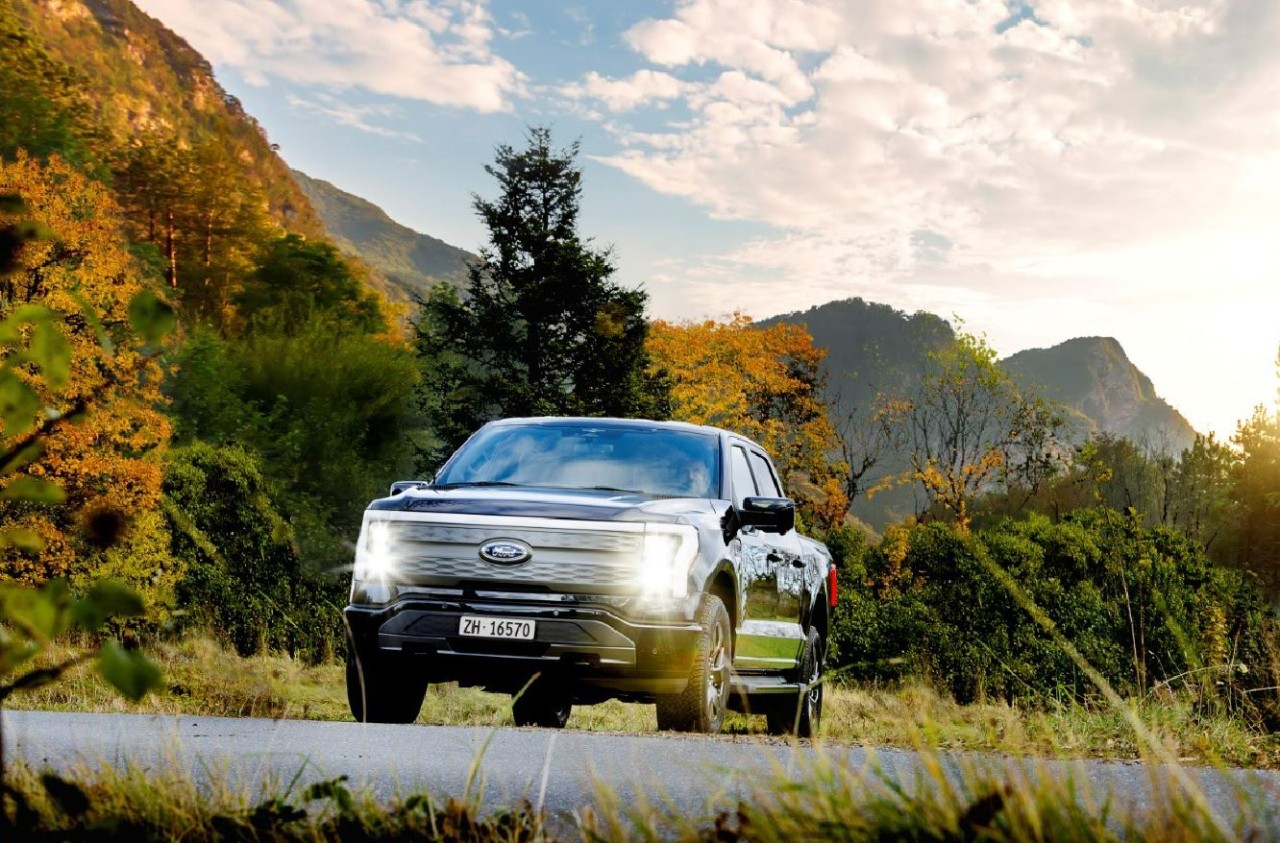
Ford is canceling the all-electric F-150 Lightning and also announced it would take a $19.5 billion charge as it aims to quickly restructure its strategy regarding electrification efforts, a massive blow for the Detroit-based company that was once one of the most gung-ho on transitioning to EVs.
The announcement comes as the writing on the wall seemed to get bolder and more identifiable. Ford was bleeding money in EVs and, although it had a lot of success with the all-electric Lightning, it is aiming to push its efforts elsewhere.
It will also restructure its entire strategy on EVs, and the Lightning is not the only vehicle getting the boot. The T3 pickup, a long-awaited vehicle that was developed in part of a skunkworks program, is also no longer in the company’s plans.
Instead of continuing on with its large EVs, it will now shift its focus to hybrids and “extended-range EVs,” which will have an onboard gasoline engine to increase traveling distance, according to the Wall Street Journal.
“Ford no longer plans to produce select larger electric vehicles where the business case has eroded due to lower-than-expected demand, high costs, and regulatory changes,” the company said in a statement.
🚨 Ford has announced it is discontinuing production of the F-150 Lightning, as it plans to report a charge of $19.5 billion in special items.
The Lightning will still be produced, but instead with a gas generator that will give it over 700 miles of range.
“Ford no longer… pic.twitter.com/ZttZ66SDHL
— TESLARATI (@Teslarati) December 15, 2025
While unfortunate, especially because the Lightning was a fantastic electric truck, Ford is ultimately a business, and a business needs to make money.
Ford has lost $13 billion on its EV business since 2023, and company executives are more than aware that they gave it plenty of time to flourish.
Andrew Frick, President of Ford, said:
“Rather than spending billions more on large EVs that now have no path to profitability, we are allocating that money into higher returning areas, more trucks and van hybrids, extended range electric vehicles, affordable EVs, and entirely new opportunities like energy storage.”
CEO Jim Farley also commented on the decision:
“Instead of plowing billions into the future knowing these large EVs will never make money, we are pivoting.”
Farley also said that the company now knows enough about the U.S. market “where we have a lot more certainty in this second inning.”
News
SpaceX shades airline for seeking contract with Amazon’s Starlink rival

SpaceX employees, including its CEO Elon Musk, shaded American Airlines on social media this past weekend due to the company’s reported talks with Amazon’s Starlink rival, Leo.
Starlink has been adopted by several airlines, including United Airlines, Qatar Airways, Hawaiian Airlines, WestJet, Air France, airBaltic, and others. It has gained notoriety as an extremely solid, dependable, and reliable option for airline travel, as traditional options frequently cause users to lose connection to the internet.
Many airlines have made the switch, while others continue to mull the options available to them. American Airlines is one of them.
A report from Bloomberg indicates the airline is thinking of going with a Starlink rival owned by Amazon, called Leo. It was previously referred to as Project Kuiper.
American CEO Robert Isom said (via Bloomberg):
“While there’s Starlink, there are other low-Earth-orbit satellite opportunities that we can look at. We’re making sure that American is going to have what our customers need.”
Isom also said American has been in touch with Amazon about installing Leo on its aircraft, but he would not reveal the status of any discussions with the company.
The report caught the attention of Michael Nicolls, the Vice President of Starlink Engineering at SpaceX, who said:
“Only fly on airlines with good connectivity… and only one source of good connectivity at the moment…”
CEO Elon Musk replied to Nicolls by stating that American Airlines risks losing “a lot of customers if their connectivity solution fails.”
American Airlines will lose a lot of customers if their connectivity solution fails
— Elon Musk (@elonmusk) December 14, 2025
There are over 8,000 Starlink satellites in orbit currently, offering internet coverage in over 150 countries and territories globally. SpaceX expands its array of satellites nearly every week with launches from California and Florida, aiming to offer internet access to everyone across the globe.
Currently, the company is focusing on expanding into new markets, such as Africa and Asia.








